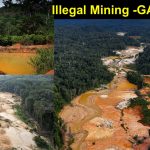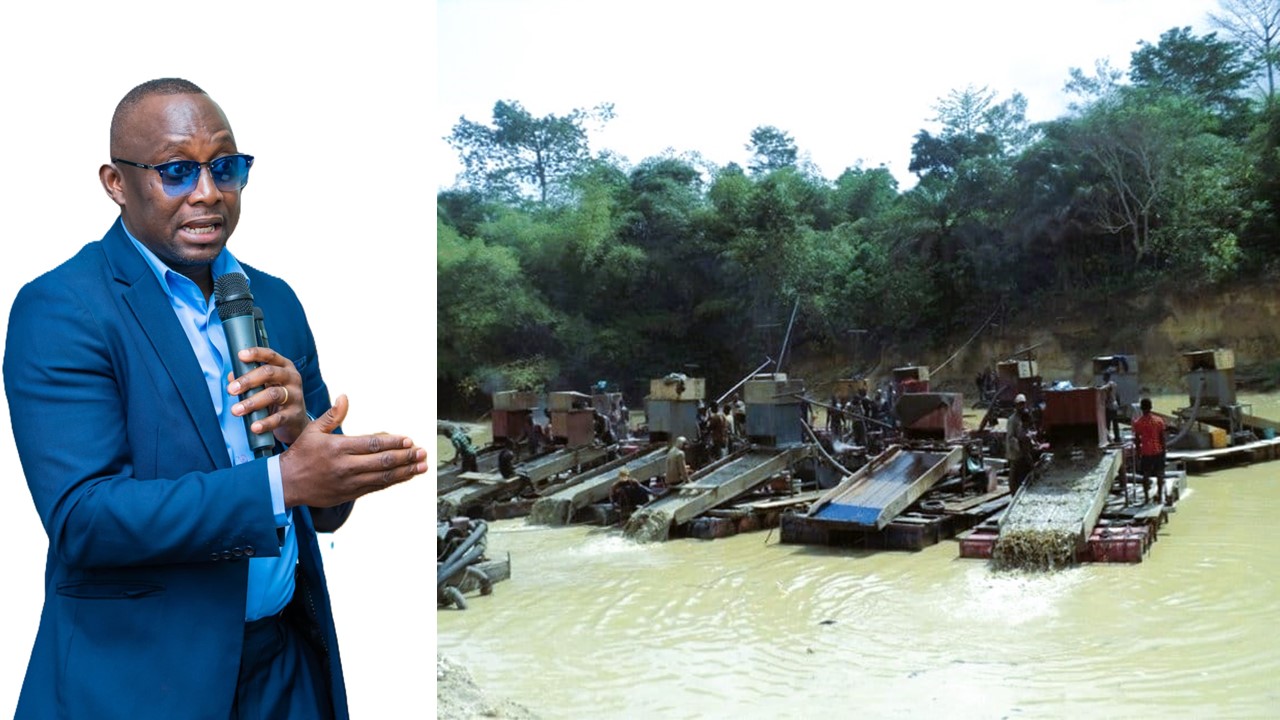World Wetlands Day was celebrated globally on 2nd February 2025 under the theme Protecting Wetlands for Our Common Future.
Mr. Kyei Kwadwo Yamoah, the Executive Director of HELP Foundation Africa and also the convenor for Fisheries Alliance and the CSOs National Platforms on SDG 14 in a statement on the World Wetlands Day explained that Illegal mining in Ghana has significant negative impacts on wetlands.
He noted that illegal miners mine directly on rivers or in other wetland areas which leads to degradation of the vegetation and the contamination of the water with harmful chemicals, which poses serious environmental and health risks. Illegal mining operators often use hazardous chemicals, such as mercury and cyanide, to extract gold from the ore, these chemicals when discharged contaminate water sources, including wetlands, rivers, streams, and groundwater, leading to the degradation of water quality and the potential harm to aquatic ecosystems. Additionally, the mining activities cause habitat destruction and deforestation, further harming the delicate ecosystems within and around the wetlands. The overall degradation of these areas affects biodiversity and water quality. It’s important to note that these impacts not only disrupt local environments but also pose long-term risks to communities relying on these water resources for their livelihood.
.
Mr. Yamoah explained that wetlands degradation by illegal mining and other activities in general contributes to climate change in several keyways:
- Illegal mining contributes to Biodiversity loss: clearing of the vegetation destroys habitats, leading to a loss of biodiversity. When wetlands vegetation and mangroves are cut down or burned during mining, the stored carbon is released back into the atmosphere, significantly increasing greenhouse gas concentrations.
- Alteration of Local Climates: Wetland and mangrove forests help to regulate local temperatures and moisture levels through transpiration. Their removal can lead to increased temperatures and altered rainfall patterns, impacting not only local climates but also contributing to broader climatic changes.
- Soil Degradation: wetlands degradation leads by illegal mining to soil erosion, diminishing the land’s ability to capture and store carbon. Such disturbed soil can release stored carbon back into the atmosphere, further contributing to climate change.
- Impact on Water Cycle: wetlands and Forests play a significant role in the water cycle. Their degradation can disrupt precipitation patterns, potentially leading to droughts in some areas or flooding in others, thereby impacting agricultural practices and water availability.
Mr. Yamoah explained that Carbon sequestration potential refers to the ability of various natural and artificial processes to capture and store atmospheric carbon dioxide, thus mitigating climate change. This includes practices such as soil carbon sequestration, which transfers CO2 from the atmosphere into the soil in the form of organic carbon, as well as methods like afforestation, reforestation, and improved agricultural practices including reduced tillage and organic manure use.
He noted that wetlands have significant carbon sequestration potential as they capture and store CO2 from the atmosphere through plant photosynthesis and by trapping sediments from runoff. Different types of wetlands exhibit varying capacities for carbon storage; for instance, marsh wetlands are often greater carbon sinks compared to shrub wetlands, while forested wetlands maintain a balance in carbon dynamics.
Mr. Yamoah concluded that healthy wetlands ecosystems play a crucial role in regulating the climate and providing resilience against climate change, therefore addressing illegal mining (Galamsey) is essential for wetlands conservation and climate change mitigation.








